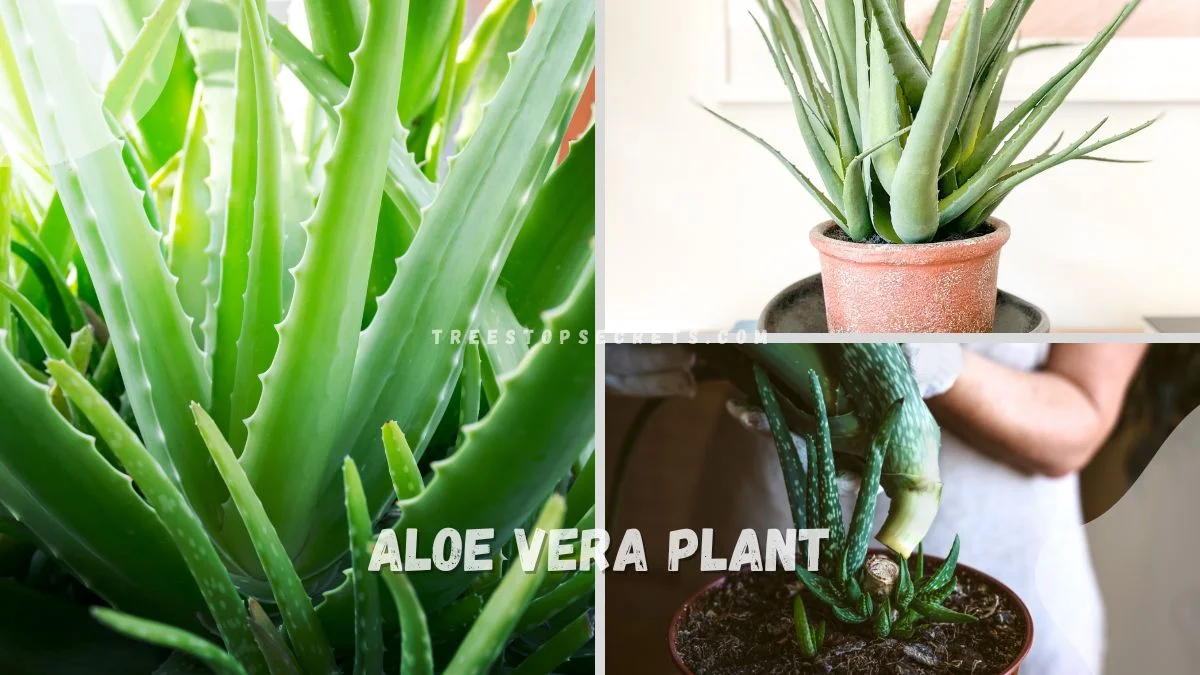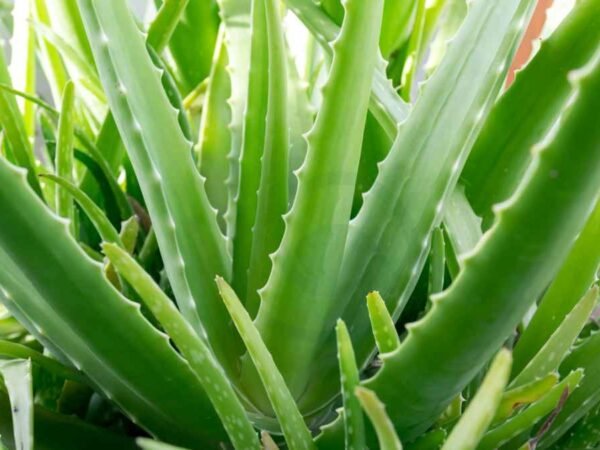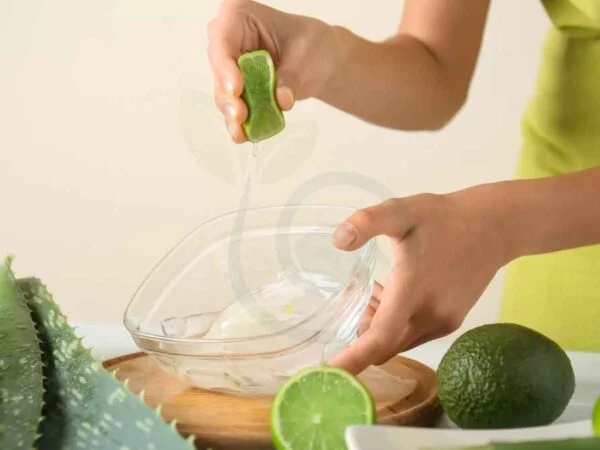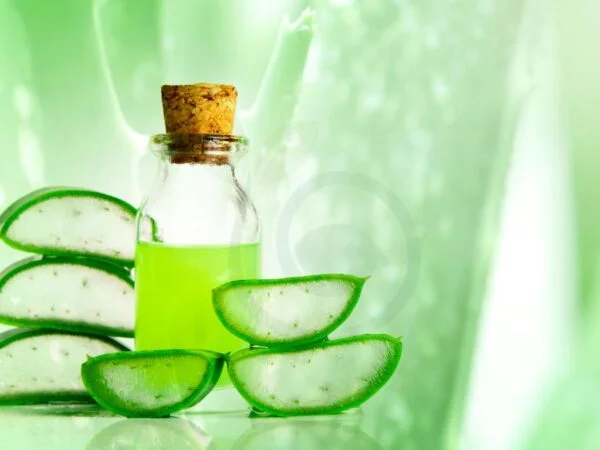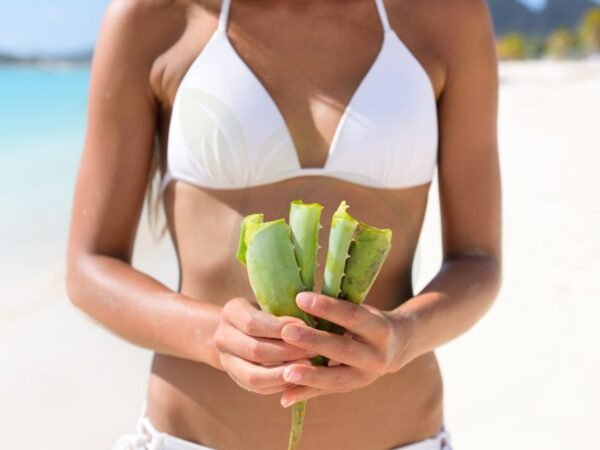Unveil the secrets of cultivating your very own aloe vera plant with ease. Discover the historical significance of this versatile succulent, cherished for centuries for its healing properties and decorative appeal. Dive into the world of aloe vera growth, where simplicity meets botanical beauty.
Embrace the journey of nurturing your aloe vera plant from a tiny shoot to a flourishing green companion in your home. Explore the art of caring for this low-maintenance plant and witness its remarkable transformation right before your eyes. Join us as we unravel the mysteries of cultivating aloe vera, a practice that dates back to ancient civilizations.
Key Takeaways
- Start with the Right Environment: Ensure your aloe vera plant gets plenty of sunlight and well-draining soil for optimal growth.
- Water Wisely: Water your aloe vera plant sparingly, allowing the soil to dry out between waterings to prevent root rot.
- Handle with Care: Avoid overwatering and provide good air circulation to prevent common issues like fungal diseases.
- Propagation Pro Tips: Use offsets or leaf cuttings to propagate new aloe vera plants successfully.
- Watch for Warning Signs: Keep an eye out for yellowing leaves or mushy stems as indicators of potential problems with your aloe vera plant.
- Quality Products Matter: Invest in quality soil, pots, and fertilizers to support the health and growth of your aloe vera plant.
Understanding Aloe Vera
Quick Facts
Aloe vera, recognizable by its thick, fleshy leaves and yellow tubular flowers, is a popular succulent plant. This plant is well-known for its medicinal properties, making it a valuable addition to any garden. Due to its hardy nature, aloe vera requires minimal maintenance, which is perfect for beginners looking to cultivate plants.
Medicinal Benefits
Aloe vera boasts impressive antibacterial and anti-inflammatory properties, making it a versatile natural remedy. The gel extracted from aloe vera leaves is renowned for its ability to soothe sunburns and various skin irritations effectively. Consuming aloe vera juice can have positive effects on digestion and may help boost immunity.
Ideal Growing Conditions
Adequate Light
Aloe vera plants require bright indirect light when grown indoors to thrive and remain healthy. This means placing them near a window where they can receive plenty of sunlight without being directly exposed to harsh rays. For outdoor aloe plants, it's essential to provide light shade during the hottest parts of the day to prevent sunburn and stress. To ensure optimal growth, make sure your aloe plant receives at least 6 hours of sunlight daily.
Optimal Temperature
To prevent cold damage, it's crucial to keep your aloe vera plant in an environment where the temperature does not drop below 50°F. Aloe plants thrive in warm conditions with long days, making spring and summer ideal for planting or transplanting. Extreme temperatures can stress the plant, so it's important to protect it from such conditions to promote healthy growth.
Suitable Soil
Choosing the right soil is vital for the successful growth of aloe vera plants. Opt for fast-draining potting soil specifically designed for succulents like aloe. A recommended option is to mix Miracle-Gro® Cactus, Palm & Citrus Potting Mix when planting aloe in containers. For in-ground aloe beds, consider using Miracle-Gro® Garden Soil for Cactus, Palm & Citrus to provide the necessary nutrients and drainage for optimal growth.
Planting Aloe Vera
Best Time to Plant
Plant aloe vera in early fall in zones 9 to 10. Optimal growth requires spacing aloe plants 24 to 36 inches apart. When planting, choose a pot slightly larger than the original one.
Potting Essentials
For healthy aloe growth, ensure roots fill two-thirds of the pot. Repot aloe plants when roots outgrow the current container. Use containers with drainage holes to prevent waterlogging.
Essential Care Tips
Correct Watering
- Water indoor aloe every two weeks, adjusting for winter.
- Before watering aloe plants, check soil moisture to prevent overwatering.
- The leading cause of aloe plant demise is overwatering due to root rot.
Proper Fertilizing
- Fertilize aloe vera sparingly during the growing season.
- Use balanced liquid fertilizer diluted to half strength for optimal growth.
- Avoid fertilizing newly planted aloe for the first year to prevent stress.
Pruning Techniques
- Trim dead or damaged leaves close to the stem using clean, sharp scissors.
- Regularly prune aloe to maintain its shape and remove dried-up leaves.
- Pruning helps promote healthy growth and prevents overcrowding in the plant.
Propagating Aloe Vera
Methods Overview
Aloe vera propagation involves creating new plants from offsets or leaf cuttings. These methods are simple and effective. Ensure to use well-draining soil mixtures for successful propagation. This is crucial for the healthy growth of the new aloe vera plants. Aloe vera is a versatile plant that can be grown both indoors and outdoors, provided it receives the necessary care and conditions.
Step-by-Step Guide
To propagate aloe vera, start by selecting a pot with excellent drainage. This is essential to prevent waterlogging, which can harm the plant. Choose a suitable soil mixture that allows for proper drainage and aeration. Plant the aloe vera in the pot ensuring there are enough drainage holes at the bottom to avoid water accumulation. Water the aloe sparingly, allowing the soil to dry out between watering sessions. Providing ample sunlight is crucial for the growth of healthy aloe vera plants.
Troubleshooting Common Issues
Overwatering Solutions
Aloe vera plants are susceptible to root rot if soil remains consistently wet. Allow the soil to dry entirely between waterings to prevent overwatering issues. Adjust the watering frequency based on the plant's specific requirements to maintain optimal moisture levels. Utilize pots with drainage holes to ensure excess water can escape, preventing water accumulation that may harm the plant.
Light Problems
Yellowing leaves on aloe vera indicate excessive direct sunlight exposure, which can scorch the leaves. To remedy this issue, move the plant to a location with indirect sunlight or provide some shade. Leggy growth, characterized by elongated stems, signals insufficient light for aloe vera. Adjust the plant's light exposure by placing it in a spot with adequate natural light to encourage healthy growth and development.
Overwintering Tips
During colder months, when temperatures drop below 50°F, it is crucial to bring outdoor aloe vera plants indoors to protect them from frost damage. Reduce the watering frequency in winter as the plant's growth slows down during this period. Shield aloe vera plants from cold drafts, which can cause stress and damage to the plant. Ensuring a stable temperature environment helps maintain the plant's health during the winter season.
Pests and Diseases
Keep an eye out for common pests such as mealybugs and aphids that can infest aloe vera plants. These pests can cause damage by feeding on the plant's sap, leading to stunted growth and wilting. Treat pest infestations promptly with insecticidal soap or neem oil, which are effective natural remedies against these insects. Prevent root rot by refraining from overwatering aloe vera plants, as excessive moisture creates favorable conditions for fungal diseases.
Recommended Products
Potting Mix
When it comes to selecting the right product for your aloe vera plant, consider using Miracle-Gro® Cactus, Palm & Citrus Potting Mix. This specialized mix provides the ideal growing environment for aloe plants, ensuring proper drainage and aeration.
Fertilizers
For optimal growth, it is recommended to use well-balanced liquid fertilizers for your aloe vera plant. These fertilizers contain essential nutrients that promote healthy growth and vibrant foliage. Regular feeding with a balanced fertilizer can help your aloe thrive.
Pest Control
Insect infestations can pose a threat to your aloe plant's health. To combat pests effectively, opt for insecticidal soap or neem oil. These natural remedies are gentle on the plant while effectively eliminating common pests like aphids or spider mites.
Final Remarks
You now possess a solid understanding of how to cultivate a thriving aloe vera plant. By following the ideal growing conditions, planting correctly, providing essential care, propagating when needed, and troubleshooting issues promptly, you are well-equipped for success. Remember to utilize the recommended products to enhance your plant's growth and health. Now, it's time to put your newfound knowledge into action and watch your aloe vera plant flourish in your care!
Frequently Asked Questions
How can I understand the benefits of Aloe Vera?
Aloe Vera offers numerous benefits, including skin hydration, wound healing, and air purification. Its gel is rich in antioxidants and vitamins, making it a versatile plant for both health and beauty purposes.
What are the ideal growing conditions for Aloe Vera?
Aloe Vera thrives in well-draining soil, plenty of sunlight, and warm temperatures. It is crucial to avoid overwatering as it can lead to root rot. Indoor environments with indirect sunlight are also suitable for its growth.
How do I plant Aloe Vera successfully?
Plant Aloe Vera in a shallow pot with well-draining soil mix. Ensure the plant is positioned in a sunny spot and water sparingly. Allow the soil to dry out between watering sessions to prevent moisture-related issues.
What are some essential care tips for maintaining healthy Aloe Vera plants?
To care for Aloe Vera effectively, provide adequate sunlight, water sparingly, and avoid waterlogging the soil. Regularly check for pests or diseases and repot when the plant outgrows its container to support healthy growth.
How can I propagate Aloe Vera plants?
Propagate Aloe Vera through offsets or leaf cuttings. Gently remove offsets from the main plant or take a healthy leaf cutting to propagate new plants. Ensure proper rooting conditions by using well-draining soil and indirect sunlight.
What are common issues that may arise while growing Aloe Vera?
Common issues include overwatering leading to root rot, sunburn from excessive direct sunlight exposure, and pest infestations such as mealybugs. Monitoring the plant's moisture levels, sunlight exposure, and inspecting for pests can help prevent these problems.
Which products are recommended for caring for Aloe Vera plants?
Recommended products include well-draining cactus or succulent soil mix, terra cotta pots for proper drainage, a balanced liquid fertilizer for occasional feeding, and neem oil or insecticidal soap for pest control. These products can support the health and growth of your Aloe Vera plant.
Image Source: Paid image from CANVA

